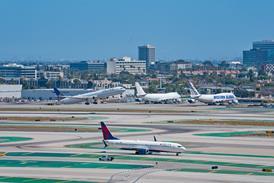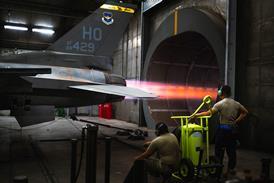If the circumstances surrounding the Japan Airlines near-collision are exactly as JAL is reporting them, the airline has some thinking to do about its conflict-avoidance standard operating procedure (SOP).
Of course the full details will not become clear until the Japan Civil Aviation Bureau's Aircraft Accident Investigation Committee (AAIC) has reported. In the meantime, whatever happened to the JAL crews could face other pilots.
The JAL Boeing 747 captain reports visual contact with the McDonnell Douglas DC-10 at 74km (40nm), and the DC-10 captain says he visually identified the 747 at 24km after it appeared on his Traffic Collision Avoidance System (TCAS) screen.
There seems little doubt that air traffic control (ATC) confused the two call signs, which contributed to the conflict and left the pilots puzzled about the controller's intentions. If the pilots believed that the controller was aware of the developing conflict, their instinct would be to await separation instructions. There is a lot for the AAIC to work out.
At this stage the only certainty is that there was a cocktail of circumstances with real potential to lead to confusion. And it did just that. This cocktail's components included: the fact that the disciplines of controlled airspace applied, so the pilots were not free to arrange their own visual separation according to the rules of the air; the fact that ATC confused the callsigns; and the fact that both aircraft were in visual contact and JAL's SOP says that visual decisions take precedence over TCAS resolution alert (RA).
The last ingredient was crucial. The DC-10 pilot decided to react to his RA, which demanded descent, but the 747 pilot ignored his RA instruction to climb and continued his cleared descent. Collision was avoided because theDC-10 pilot saw what was happening and arrested his descent.
When the TCAS RA operates, the time for visual decision-making has already passed. TCAS is then the only guarantee that both pilots do not make their avoidance manoeuvre in the same direction. Now that TCAS has been mandated, it cannot be ignored, and the JAL example is proof of this.
Source: Flight International























